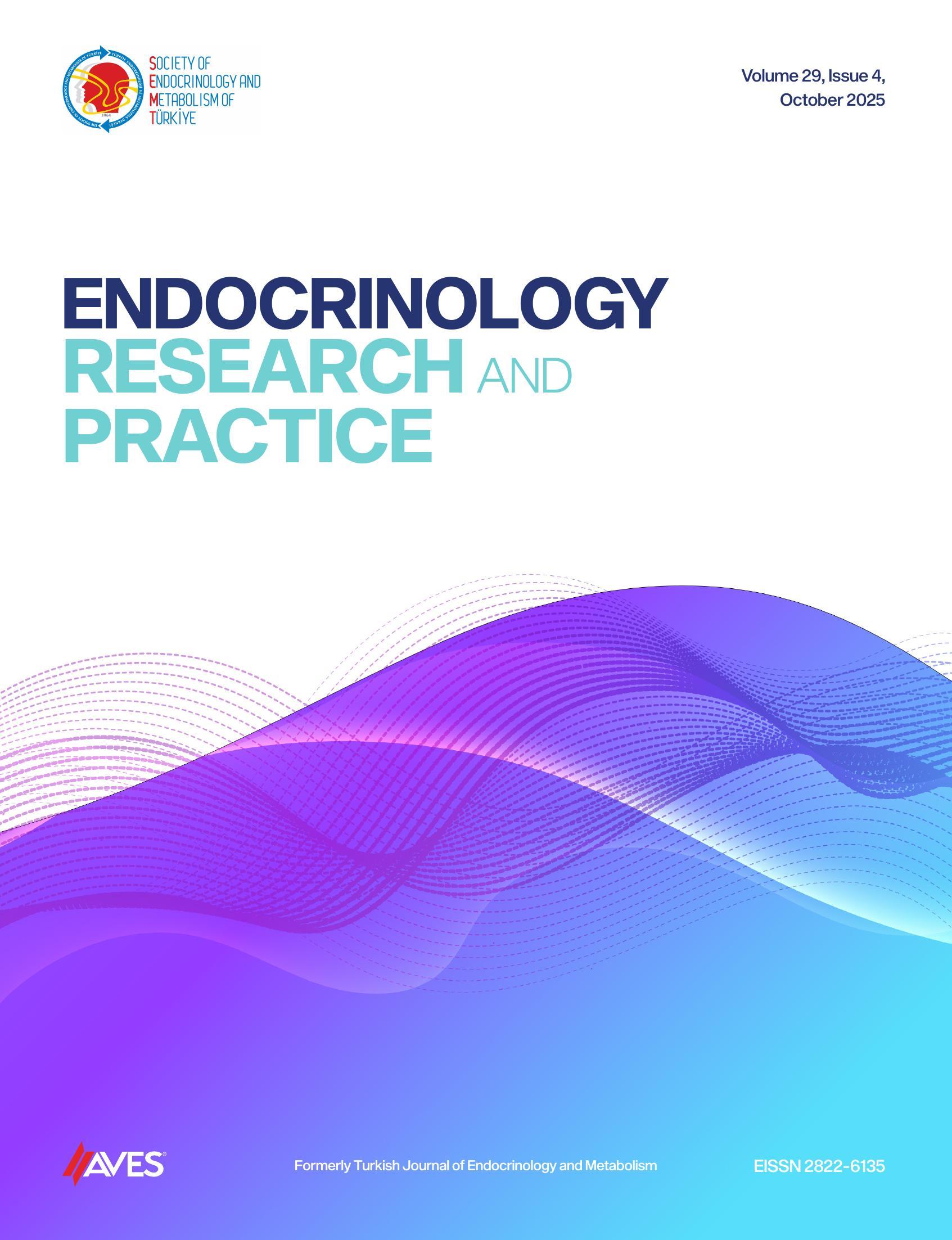Objective: Betatrophin is a hepatokine that modulates hepatic glucose and lipid metabolism and contributes to non-alcoholic fatty liver disease (NAFLD) pathogenesis. Therefore, this study aimed to investigate the relationship between NAFLD and betatrophin levels in hypogonadal males.
Methods: The study included 56 newly diagnosed hypogonadal males aged 18-60 and 60 eugonadal males of similar age and body mass index. All participants were assessed for anthropometric and metabolic parameters, liver function tests, and betatrophin levels. Transient elastography was used to evaluate liver steatosis [controlled attenuation parameter (CAP)] and fibrosis [liver stiffness measurement (LSM)]. Accordingly, hypogonadal and control groups were divided into NAFLD (n=64) and non-NAFLD (n=52).
Results: Controlled attenuation parameter, LSM, waist circumference (WC), triglycerides (TG), IR index homeostasis model assessment (HOMA-IR), and betatrophin were significantly higher in the hypogonadal group than controls. Hepatic steatosis and fibrosis (67.9%-43.3%) were higher in hypogonadal males. Triglycerides, HOMA-IR, and betatrophin were higher, and total testosterone was significantly lower in the NAFLD group. Serum betatrophin was also significantly higher in patients with fibrosis than without. There was a significant positive correlation between WC, TG, HOMA-IR, betatrophin, and LSM and CAP. The predictive factors were TG (β=0.329, P < .001), betatrophin (β=0.221, P=.029), HOMA-IR (β=0.213, P=.019) for CAP, and betatrophin for LSM (β=0.466, P < .001).
Conclusion: Non-alcoholic fatty liver disease is more common in hypogonadal males than in eugonadal males. Betatrophin is an independent risk factor for developing and progressing NAFLD. However, more research is needed to explain the causal relationship between betatrophin and NAFLD.
Cite this article as: Sarışık F, Oğuz A, Şahin M, et al. Relationship between serum betatrophin levels and non-alcoholic fatty liver disease in hypogonadal males. Endocrinol Res Pract. 2024;28(3):156-163.

-1(1).png)

.png)